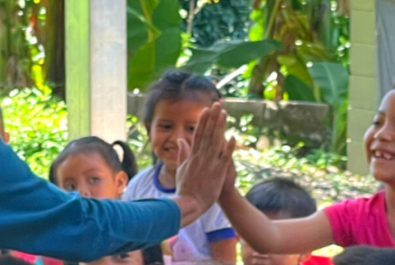Check out our April 20-28 tour in the Bay Area of the United States!
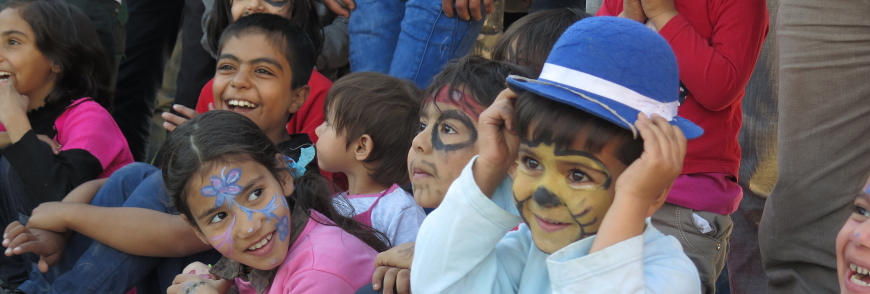
What Is a Migrant? (And Why That’s the Wrong Question!)
Migrant caravan through Mexico. Boat migrants to Italy. Busloads of migrants arriving in New York City.
Migrant crisis.
These are phrases we’ve heard A LOT — and in some iteration or another, they’re phrases that we as humans have heard for basically as long as we’ve had the language to communicate.
In a world as large, diverse, and unequal as ours, migration is and always will be a fact of life.
But what is a migrant exactly? And what do migrants have to do with clowns?
Glad you asked! Step right up and join the CWB clowns on a whirlwind tour of all things migration:
- Migrant definition
- Reasons for migration
- Facts about migration
- Giving migrants love and laughs
- FAQs about migration
For the impatient readers among us (🙋🏽♂️🙋♂️🙋🏽🙋🏿), here’s a little spoiler alert: Migrants are people who deserve to be seen!
Migrant Definition: Not What But Who
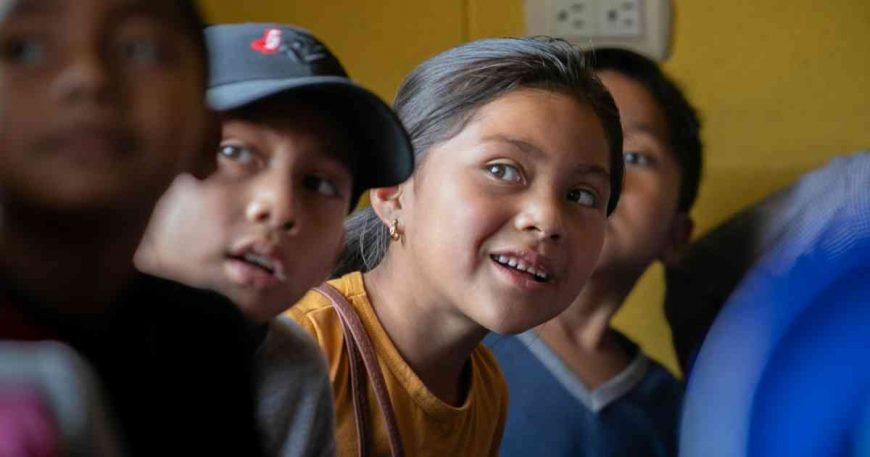
In a world as interconnected as ours, we hear about “migrants” all the time. (Hence the intro to this very post!)
But did you know that there’s no legally accepted definition for this term?
According to the UN’s International Organization for Migration (IOM), the word “migrant” is currently undefined under international law. So let’s start with a few everyday definitions instead.
What Is a Migrant?
“One that migrates, such as a person who moves regularly in order to find work, especially in harvesting crops” – Merriam-Webster Dictionary
“A person who attempts to permanently relocate to a new country, but who may be subject to removal by the government of that country” – Dictionary.com
“Any person who is moving or has moved across an international border or within a State away from his/her habitual place of residence, regardless of (1) the person’s legal status; (2) whether the movement is voluntary or involuntary; (3) what the causes for the movement are; or (4) what the length of the stay is.” – United Nations Migration Agency (IOM)
Which Migrant Definition Resonates with You?
Comparing the three definitions above, an interesting point of difference comes to light.
The first definition emphasizes work as one of the primary reasons for migration. The UN definition of migrant is the most expansive — including all people who have moved for any reason.

Which definition aligns with what you’ve heard about migrants in popular culture and the media?
Because so much human migration stems from income loss and the need to replace that income to feed families, it’s easy to equate migrants with migrant workers.
But 1) that isn’t necessarily the case and 2) there’s a danger associated with assuming all migrants move for work.
If we only view migration as solely driven by work, we overlook other important factors that influence migration.
One Layer Deeper: The Connotations of “Migrant”
There’s a lot more to the concept of “migrant” than what appears in Merriam-Webster, and unfortunately, many of these connotations are negative.
The negative train of thought, consciously or subconsciously, goes something like this: If migrants are people who seek better, then they come from somewhere worse. And they don’t just come from somewhere worse, but they themselves ARE somehow worse. They must be…
- Lower (-class, -income, -socioeconomic status, etc.)
- Less (-developed, capable, trustworthy, etc.)
- Outsiders
- Foreigners
- Others
These ideas give rise to many of the additional challenges faced by migrants along their journeys, such as xenophobia and discrimination.
The bottom line: it’s easy to agree on the dictionary definition of migrant, but it’s harder to move beyond the words and see migrants for WHO they are: not a faceless group of “different” but a collection of individual human beings.
We should be asking the question, “Who is a migrant?” — not what!
CWB clowns go where migrants are, see them for WHO they are, and believe that they absolutely deserve a day to play and laugh. Learn about some of our recent tours on our blog!
Why Do Migrants Leave Their Country? Common Reasons for Migration
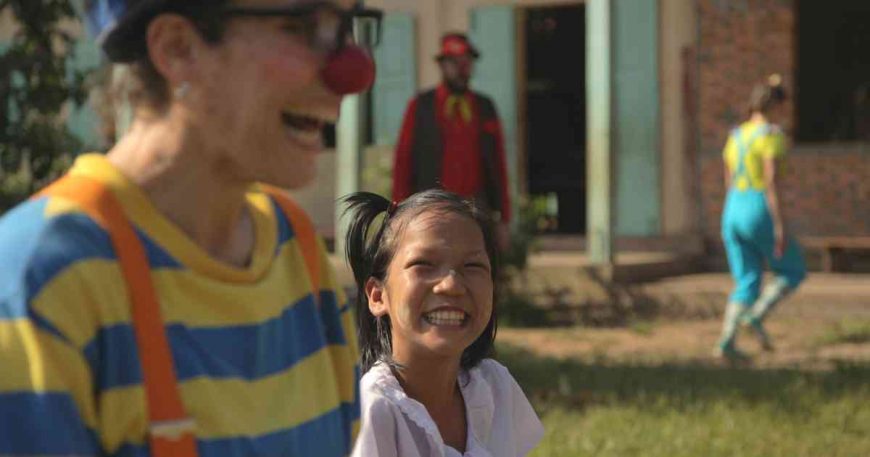
Let’s look not at WHAT is a migrant…but WHO are migrants.
When and why do people become migrants?
Here’s a non-exhaustive list of why people migrate:
- Hunger
- To earn an income (and send remittances)
- To learn another language
- Work opportunities
- To gain access to different education or services
- To join family members who have already migrated
- To flee dangers of bodily harm, such as gang violence or terrorism
- To escape political crises, such as coups or government corruption
- To build a new home after a natural disaster (like the 2023 earthquake in Turkey)
- To seek relief from a climate-related disaster
- To pursue freedom from persecution
- To find safety from war or other conflict
Some of these reasons for migration would classify a migrant as a “displaced person,” someone who is forced to leave their home. Forced migration can refer to people displaced within their own countries or territories, too!
The trans-Atlantic slave trade is the largest example of forced migration in human history.
Some displaced people are further classified into categories of “refugee” or “asylum seeker,” which we’ll touch on at the end of this post.
Push and Pull
In answering the question, “Why do people migrate?” historians and demographers often classify the above migration reasons into push factors and pull factors:
- Push factors push people away from their countries of origin (e.g. the threat of violence).
- Pull factors pull people toward their new countries (e.g. new opportunities).
Key Facts About Migration

- In 2019, there were almost 272 million international migrants worldwide.
- Of international migrants in 2019, women made up 48%.
- Of those migrants, 38 million were children (roughly 14%).
- The region with the fastest-growing international migrant population is Latin America and the Caribbean.
- While migrants can and do move all over the world, many stay relatively local. In 2020, over half of all international migrants (54.9%) stayed in their region of origin.
- 3.1% of the world’s population are migrants.
- Many more people move within countries than across borders.
For a closer look at global migration trends, we recommend the IOM’s interactive report.
Giving Migrants Love and Laughs
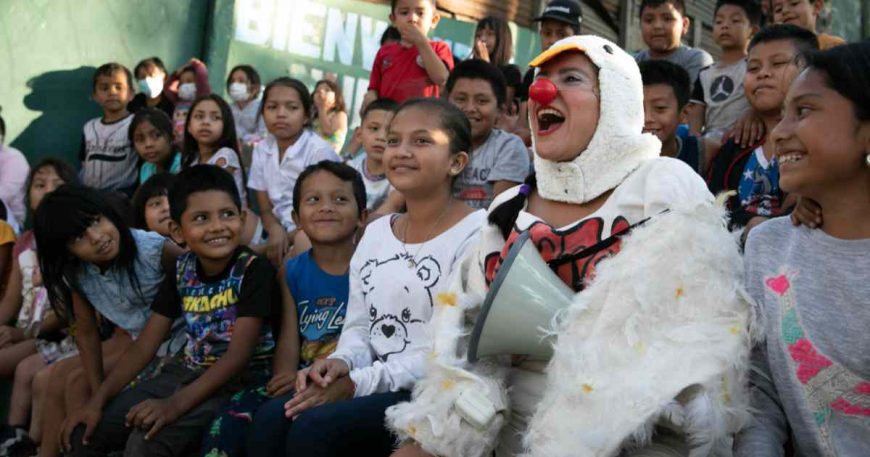
One Last Goodbye
We say goodbye because the train might leave at any moment. Suddenly I hear someone calling to me from the train, “Gallina! Gallina!” I’m so happy that someone who attended one of our performances recognizes me and still carries the memory of our laughter together. He gives me a big smile. I have to confess that I would l prefer my character to be a migratory bird called “Playerita,” but in reality, I’m dressed as a chicken (English for ‘gallina’). Almost all the migrants recognize me. I may be a chicken, but I’m a brave one, and I’m also a clown with an unstoppable dream of a better world for all humanity.
As the train pulls away, I climb into a wagon on the side of the road. I see my inseparable friends, the ones I met at the beginning of this tour! They recognize me, and we say goodbye, with joy and hope in our hearts that everything we dream of will come true.
— CWB Artist Darina Robles
To bring this tour to a close, here’s our stance on human migration.
Sure, the word “migrant” is defined by the act of migration — but migrants don’t have to be. Migration is an experience they’ve had, not the sum total of their identity.
Migrants are people first.
No matter where they are moving from or why, migrants are (all at once!) living through some of the most challenging experiences that human beings can face:
- Total upheaval of their environment
- Potentially unfamiliar language and customs
- Deep uncertainty regarding legal status, employment, and safety
- Discrimination, exclusion, and personal disdain
- Institutional and policy-level barriers to successful relocation
In other words, migrants are having a hard time. Even when migration is by choice, the experience can be difficult and lonely; when the migration is forced, those feelings are more inescapable.
That’s exactly why Clowns Without Borders exists: to give migrants and other displaced people a moment of levity. We aren’t making light of their situation. We’re giving them a chance to laugh when they need it most.
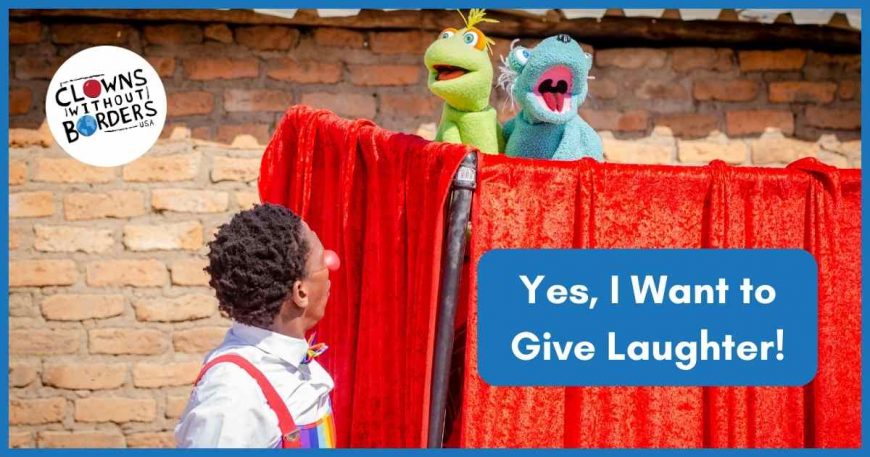
Want to Bring Laughter and Play to Migrants?
For just $11, you can sponsor a migrant child to attend a Clowns Without Borders show! Donate today to give the gift of joy.
A New Migrant Definition
To wrap things up, we’d like to propose our own definition of a migrant, one that we feel better expresses WHO migrants really are:
“Migrant: A human being who happens to have experienced the need or desire to move residences over a long distance and who carries with them all the emotions, memories, hopes, and dreams that unite us as human beings.”
- Clowns Without Borders USA
There will always be migrants. And we hope you’ll join us in staunchly defending their right to play and laugh.
FAQs About Migrants

What is the difference between a migrant and an immigrant?
The distinction between migrant vs. immigrant is imprecise, but most people consider that:
- “Migrant” refers to people who move long distances, often temporarily or for an indeterminate amount of time.
- “Immigrant” refers to the intention of a more permanent move and often includes long-term legal status such as a residency card or citizenship. (The idea that “immigrant” equals legality is reflected in the often derogatory distinction of “illegal immigrant.”)
What is the difference between a refugee and a migrant?
According to the 1951 Geneva Convention, “Refugee” is a legally defined term with protective rights (“migrants” do not share these rights).
It all comes down to who faces a significant enough threat to be considered a refugee vs. a migrant, which is a difficult and politically motivated determination.
What is the difference between an asylum seeker and a migrant?
An asylum seeker is someone who is requesting permission to stay in a country on the basis of persecution, violence, or danger in their home country.
Asylum seekers do not meet the legal definition of “refugee” and must prove their claims, which may or may not be approved by the government of the country in which they are seeking asylum.
How to help migrants: What can You do?
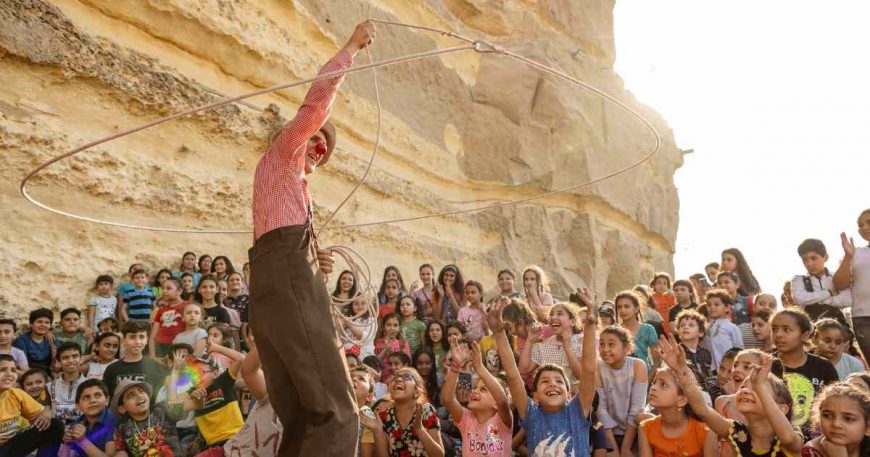
There are so many ways to help migrants! Here are just a few options:
- Stay updated on the current issues facing migrants through trusted sources like the UN.
- Stand up for migrants and immigrants by supporting organizations such as the Immigration Advocacy Network.
- Join Clowns Without Borders in spreading joy by becoming a Joy Maker or otherwise getting involved!
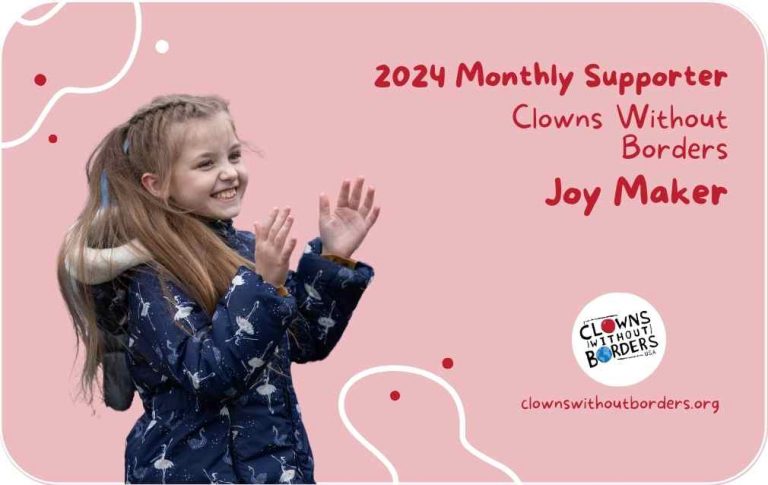
Joy Makers is a family of people just like you, who love to laugh and make others feel good. You know, as a clown does, the power of ensuring all children play and feel joy.
When you join Joy Makers, your monthly donation supports laughter and play throughout the year for some of the most vulnerable people on the planet. For $11 a month, you can bring a new child to a clown show every month of the year.
“I often question if I am making a difference in the world. And then I get my monthly reminder from CWB about my impact, and it makes me feel a little bit more hopeful.”
A CWB Joy Maker



